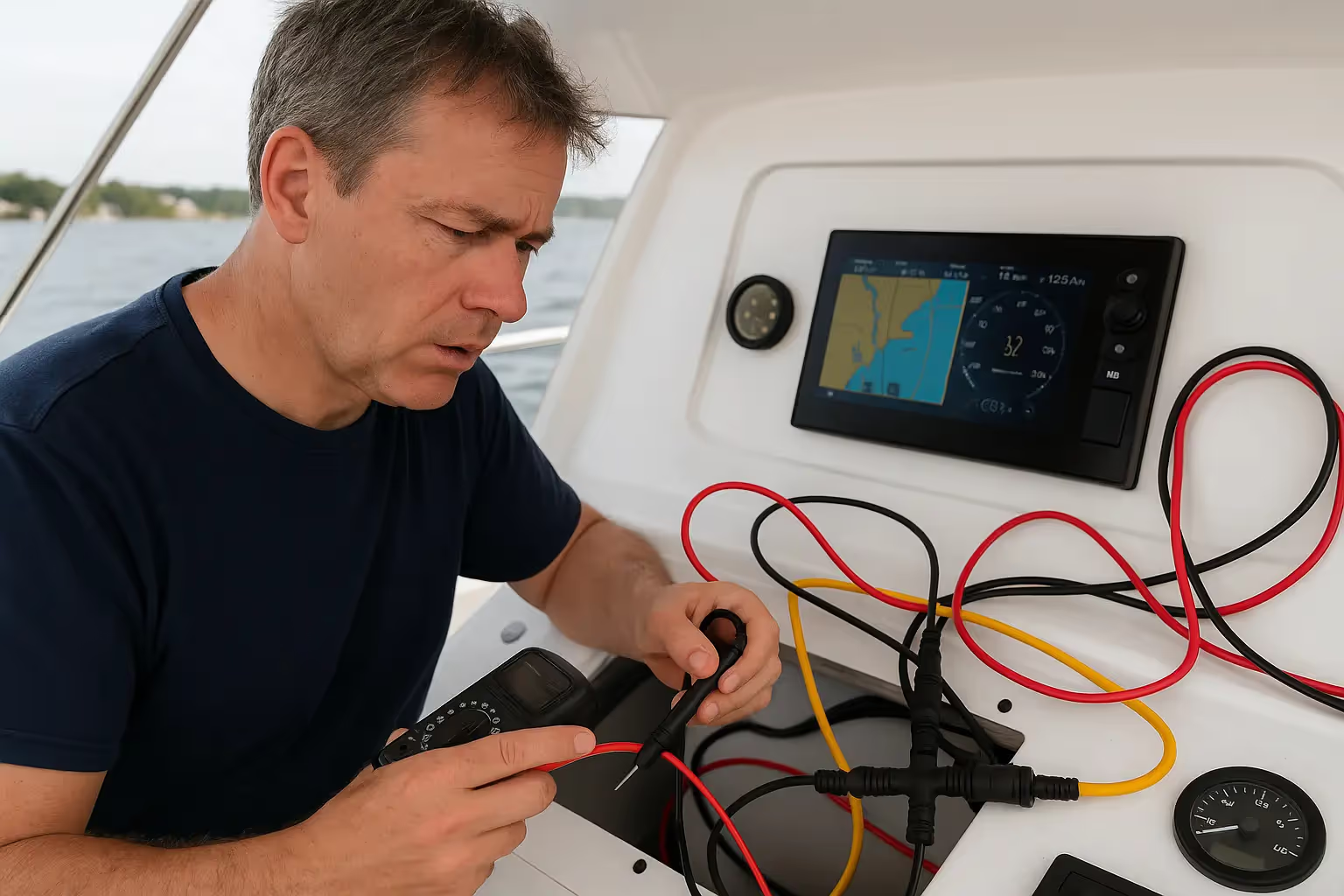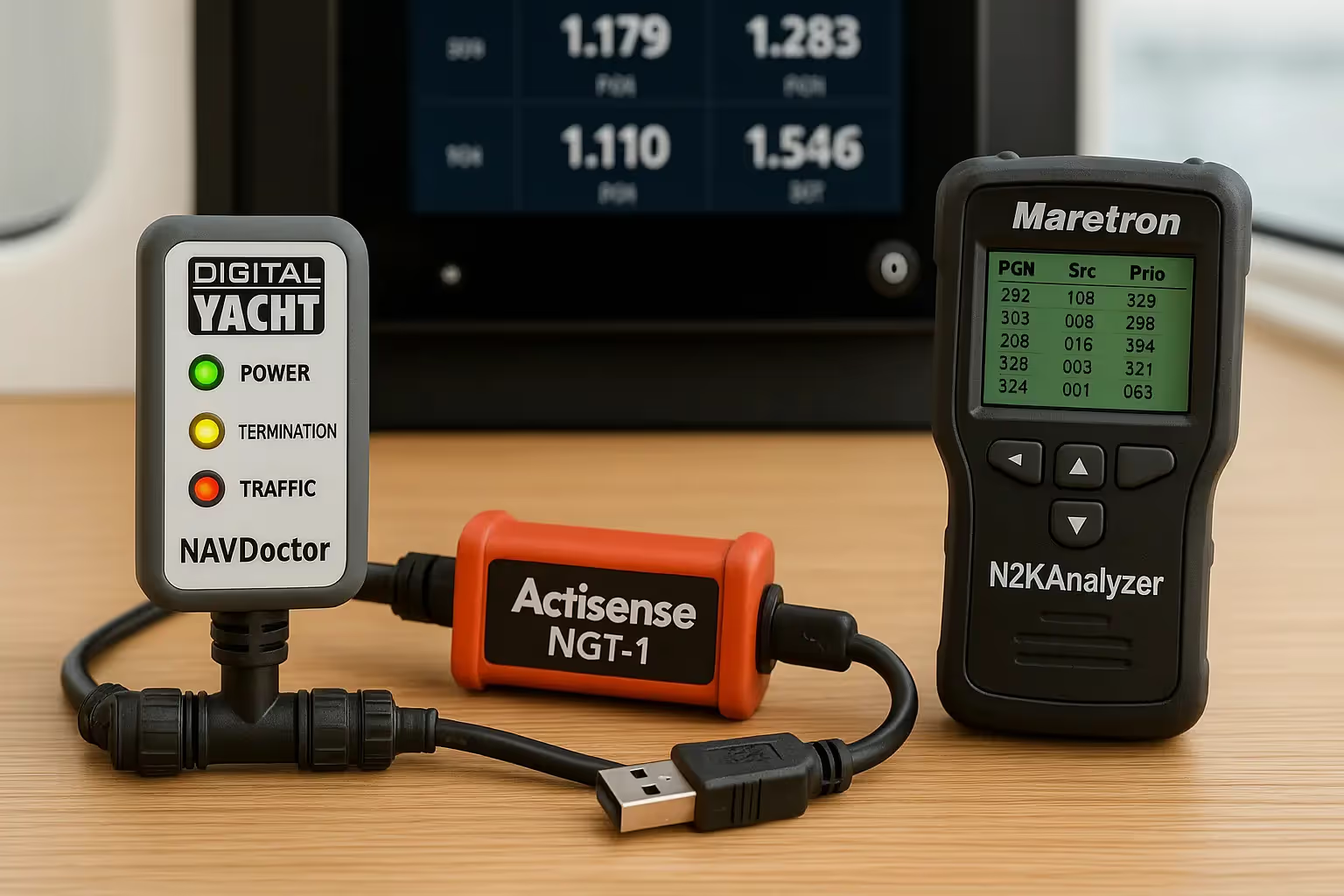Dressing for Autumn Sailing in Mallorca: A Practical Guide

1. Understanding Mallorca's Autumn Climate
The autumn weather in Mallorca combines the warmth of the summer with signs of the coming winter. Because of its location in the Mediterranean, its days during this time of year typically have temperatures in the mid-twenties (Celsius), ideal for pleasant sailing trips. The sun graces the sea with its warmth, maintaining a moderate ocean temperature. However, as evening descends, a cooler air permeates, especially in the island's exposed northern regions.
The true wildcard in Mallorca's autumn weather is the wind. It is unpredictable, offering refreshing breezes one moment and brisk gusts the next. It might carry a surprise rain shower now and then. For sailors, this blend of warmth, coolness, and the occasional gusty challenge highlights the importance of versatile attire. Preparing for these changes is essential to fully enjoying the beauty of Mallorca's waters in the fall.
2. Layering: Your Best Friend
As the saying goes, "There's no such thing as bad weather, just bad clothing." When sailing in Mallorca's multifaceted autumn climate, the importance of this adage becomes very clear. The secret to navigating the fluctuating temperatures and conditions of the season lies in the art of layering.
Base Layer: Your base layer plays an important role in regulating your body temperature by managing moisture. When actively sailing, even under a warm sun, your body can perspire. You will stay dry and comfortable by wearing clothing made of moisture-wicking materials like merino wool or synthetic fibers, which pull sweat away from the skin. This moisture management prevents overheating during the day and wards off chills that can arise due to damp skin during cooler periods.
Middle Layer: This is your insulation shield. This layer traps and holds onto your body heat, serving as a barrier from the various outside temperatures. Given its lightweight and superior insulation qualities, fleece is a popular material. The intensity of this layer can also be adjusted. A thin long-sleeved shirt may be adequate on warmer days, while a thicker sweater or padded vest may be more appropriate during colder weather. The versatility of the middle layer makes it perfect for temperature control because you may add or remove as needed.
Outer Layer: The outer layer of your outfit serves as a protector and is made to directly resist the elements. Having a windproof and waterproof layer is essential due to the erratic fall winds in Mallorca, which can bring with them sudden splashes of sea spray or unexpected drizzles. Lightweight sailing jackets, preferably those with adjustable cuffs and a hood, offer flexibility. They shield against the wind and rain, without adding excessive bulk. Bibs or sailing trousers can complement this, as they guard your lower body against any maritime surprises.
Layering provides physical and mental comfort. Knowing that you are prepared for any shift in the weather allows you to focus on the joys of sailing. Whether it's a sudden gust of wind, a surprise rain shower, or a rapid drop in temperature, layered attire ensures you remain poised, comfortable, and ready for all that autumn sailing in Mallorca has to offer.
3. Essential Gear and Accessories
Sailing is not just about mastering the winds and waves; it's also about ensuring you're equipped with the right gear and accessories to handle the ever-changing conditions. These things are essential when sailing in Mallorcan waters in the fall. Gear and accessories enhance your experience, ensure safety, and provide the comfort needed for a fulfilling adventure.
Footwear: When it comes to sailing, not all shoes are created equal. The deck can become slippery, especially with sea spray or unexpected rain. Sailing footwear that is non-slip and made for these conditions is essential. On slick surfaces, these shoes offer a solid grip, reducing the likelihood of accidents. For those seeking added insulation and water resistance, sailing boots are a great choice. They offer greater coverage and protection against the cold and ensure that splashes or waves don't leave you with wet, cold feet.
Gloves: Handling ropes and equipment can be tough on the hands, especially in colder conditions. Sailing gloves provide the benefit of improving grip and offering protection against cold and moisture. Look for gloves with reinforced areas, especially in high-wear areas like the fingers and palms.
Headgear: The head is a significant source of heat loss. Headgear is an essential piece of clothing, whether it's a warm hat for chilly days or a cap to protect against the midday sun. For rainy conditions, make sure that your outer layer jacket's hood is easily accessible and adjustable.
Lifejacket: The lifejacket's importance cannot be overstated. Beyond its apparent safety function, it must be both comfortable and compatible with your other clothing. Always check the fit, especially when wearing it over several layers. Remember, a lifejacket is only effective when worn, so comfort and accessibility are crucial.
Sunglasses & Sunscreen: Even in the fall, the glare from the water can be very strong. Polarized sunglasses can help shield your eyes from this. UV radiation is present year-round, so a broad-spectrum sunscreen is essential to protect exposed skin.
When properly equipped with these essential gear and accessories, you can confidently navigate the challenges and pleasures of autumn sailing in Mallorca.
Conclusion
Embracing the charm of Mallorca's waters in the fall calls for more than just a keen sense of adventure; it also calls for careful planning in terms of gear and attire. The erratic weather on the island during this transitional season emphasizes how crucial it is to layer clothing and arm oneself with the necessary equipment. From the art of strategic layering to the selection of non-slip footwear, each choice plays a vital role in ensuring safety, comfort, and an unhampered sailing experience.
As the autumn graces Mallorca, sailors equipped with the right knowledge can immerse themselves in the beauty of the Mediterranean, confident in their readiness for the island's capricious weather. Essentially, the key to a memorable autumn sailing adventure in Mallorca lies in the harmonious blend of anticipation, preparation, and adaptability.
FAQs
1. Can I wear regular sneakers or sports shoes for autumn sailing in Mallorca?
Regular sneakers may offer comfort, but they do not offer the grip needed on a wet deck. It's recommended to wear specialized non-slip sailing shoes or sailing boots for safety. Sailing boots, in particular, provide added insulation and water resistance for those cooler or wetter conditions.
2. How can I ensure my life jacket fits well with my layers?
When trying on your life jacket, be sure to wear the same layers you'd be wearing while sailing. Adjust the straps and buckles to ensure a snug fit without restricting movement.
3. Are shorts suitable for autumn sailing in Mallorca?
Daytime temperatures might still be warm, but the winds and possible rain showers can make shorts less practical. Light waterproof trousers or bibs are a better choice.
4. How can I keep my hands warm during colder winds?
Invest in a good pair of sailing gloves. They provide grip and protection against cold and wet conditions.
5. Do I need to waterproof my layers?
Yes, especially your outer layer. However, if it isn't, there are several water-repellent sprays available that can add a layer of protection to your clothing.















